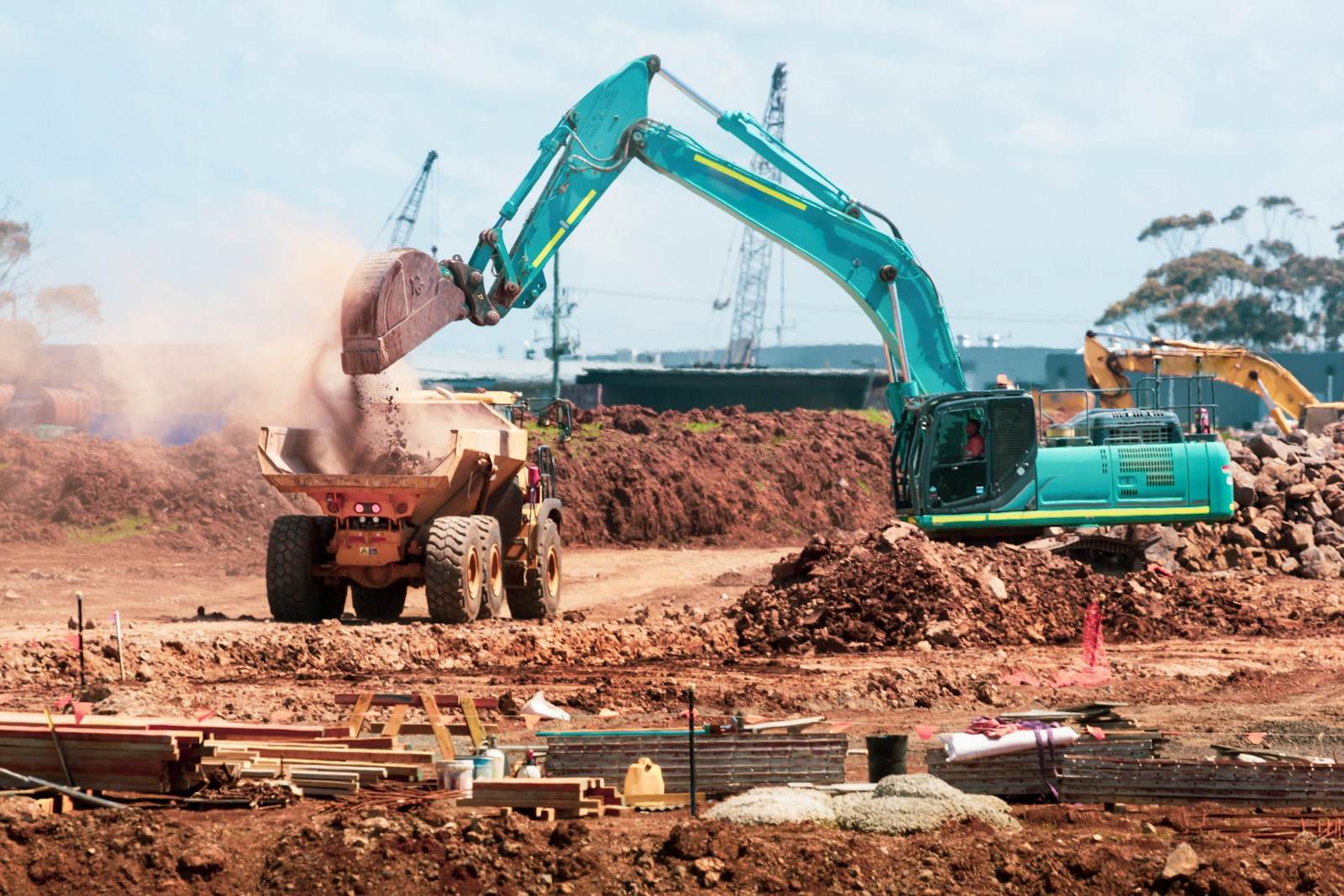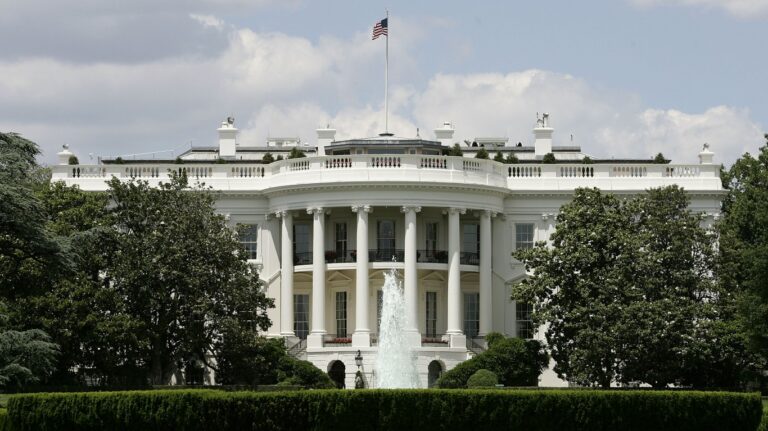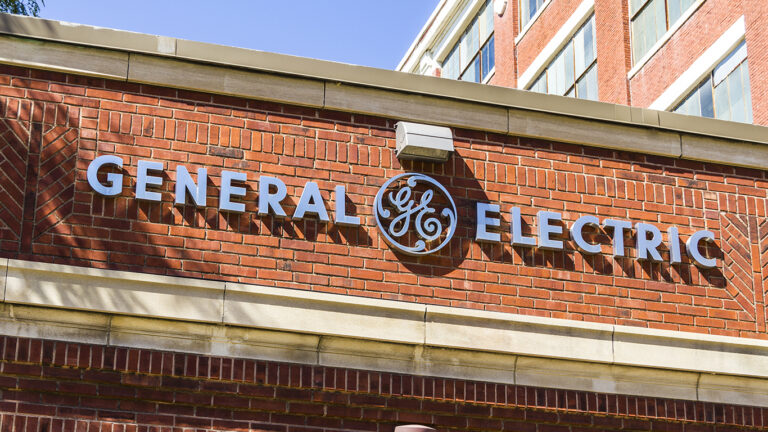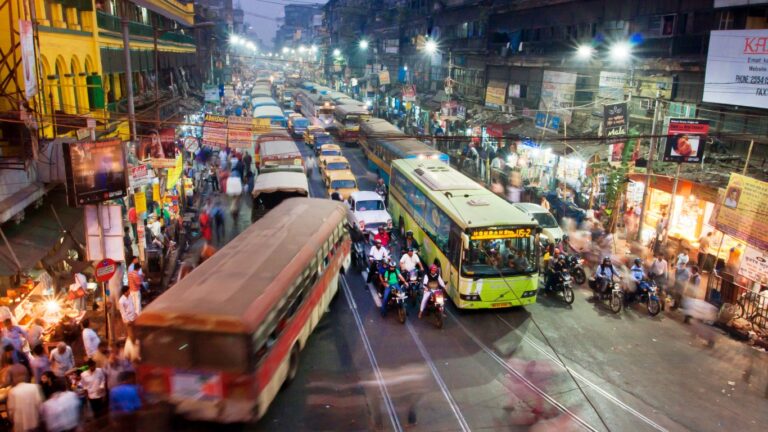the Most over-budget Public projects in the last 25 years

Public cost overruns came up in a heated congressional oversight hearing earlier this year, when Congressman Kevin Kiley called on FBI Director Kash Patel to formally investigate the project overrun costs of the California High-Speed Rail. According to Kiley, the cost of the high speed rail project has ballooned by more than $100 million over its original budget, becoming the costliest public infrastructure failure in the United States.
In the United States, at least a dozen public infrastructure projects have gone more than $1 billion over their original budgets in the last 25 years. Whether due to mismanagement, unrealistic cost estimates, expansions in scope, or delays in construction, these projects reflect the recurring challenges of bringing large-scale public works to completion on time and within budget, and are an impediment to transit infrastructure that can ease congestion and reduce harmful emissions. A look at the biggest project overruns of the last 25 years reveals the major public infrastructure failures of this century.
To determine the costliest public infrastructure overruns of the last 25 years, Climate Crisis 247 reviewed audits, budget reports, and press accounts of U.S. infrastructure projects from the Department of Transportation and other sources. Public work projects with clear, documented early cost estimates and later, final cost estimates were ranked based on the difference between first and last cost estimate. Early estimates are mostly based on federal Full Funding Grant Agreements, state ballot measures, and environmental review documents, while final costs are based on close-out audits for completed projects or the latest official estimates for those still underway. In instances where cost estimate ranges were provided, the higher estimates were used.
5. BART Silicon Valley Phase II
BART Silicon Valley Phase II is a 6-mile subway extension designed to bring Bay Area Rapid Transit service deeper into San Jose, including a new downtown subway segment and multiple new stations. Initially budgeted at $6.9 billion in 2018, the project’s estimated cost has since climbed to $12.7 billion, making it one of the most expensive transit expansions in the country. The overruns stem from tunneling challenges, rising construction costs, and design changes associated with building a deep-bore tunnel under dense urban infrastructure. When completed, the extension is expected to connect San Jose more directly to the regional transit network, but only after years of delays and multibillion-dollar budget escalation.
4. Honolulu Skyline Rail
The Honolulu Skyline Rail project is an elevated rapid-transit line intended to link West Oahu with Honolulu’s urban core and reduce crippling highway congestion. Initially projected to cost $5.1 billion in 2012, the project’s budget has ballooned to $12.4 billion, more than doubling in cost. Delays, construction challenges, and contractor disputes all contributed to the soaring overruns. Though partially open, the full line has faced repeated schedule slips and remains one of the most expensive per-mile rail projects ever built in the United States.
3. New York East Side Access
East Side Access is a megaproject connecting the Long Island Rail Road to a new station beneath Grand Central Terminal, giving LIRR riders a long-promised one-seat trip into Midtown Manhattan. First estimated at $3.5 billion in 2000, the project ultimately cost $11.6 billion by its 2023 completion. The decades-long effort was plagued by complex tunneling, outdated contracting structures, and coordination challenges across multiple agencies. The final build is one of the most expensive rail expansions per mile in global history.

2. Boston Big Dig
The Big Dig was a massive highway megaproject that rerouted Boston’s central artery into an underground tunnel system, replacing a deteriorating elevated freeway and reshaping downtown traffic patterns. Originally priced at $2.8 billion in 1985, the project ended up costing $22.0 billion by the time it was completed in 2007. Design flaws, safety issues, contractor disputes, and chronic management failures drove the nearly $20 billion overrun. Despite its costs, the project dramatically transformed Boston’s urban landscape and transportation network.
1. California High-Speed Rail
California’s High-Speed Rail project aims to build a 500-mile bullet-train line linking San Francisco and Los Angeles, the first system of its kind in the United States. Approved at an estimated $33 billion in 2008, the projected price tag has since soared to $128 billion, making it the costliest public infrastructure overrun in U.S. history. Land acquisition difficulties, engineering challenges in the Central Valley, political opposition, and shifting project scopes all contributed to the $95 billion cost increase. The system remains under construction with no firm opening date for the full statewide line.
Sponsor
Find a Vetted Financial Advisor
- Finding a fiduciary financial advisor doesn't have to be hard. SmartAsset's free tool matches you with up to 3 financial advisors that serve your area in 5 minutes.
- Each advisor has been vetted by SmartAsset and is held to a fiduciary standard to act in your best interests. Get on the path toward achieving your financial goals!






